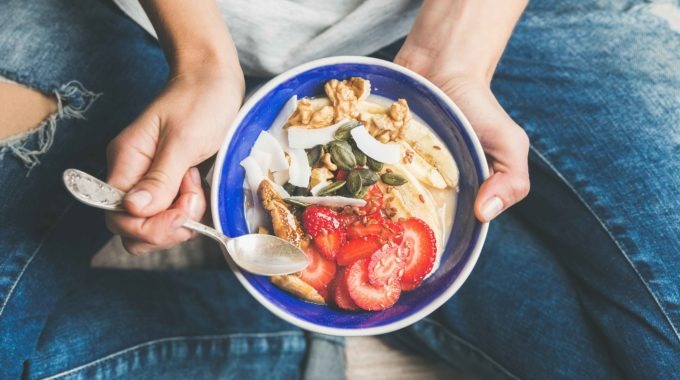What’s your breakfast personality?
Research from Deakin University has identified five breakfast personalities among the national population, in findings that could promote healthier choices in the Aussie diet. The research team from Deakin’s Institute for Physical Activity and Nutrition analysed data from the 2011-2012 National Nutrition and Physical Activity Survey and found what people eat for breakfast is broadly categorised by gender, age and socioeconomic factors. Researcher Dr Rebecca Leech says the study found five distinct types of breakfast personality.
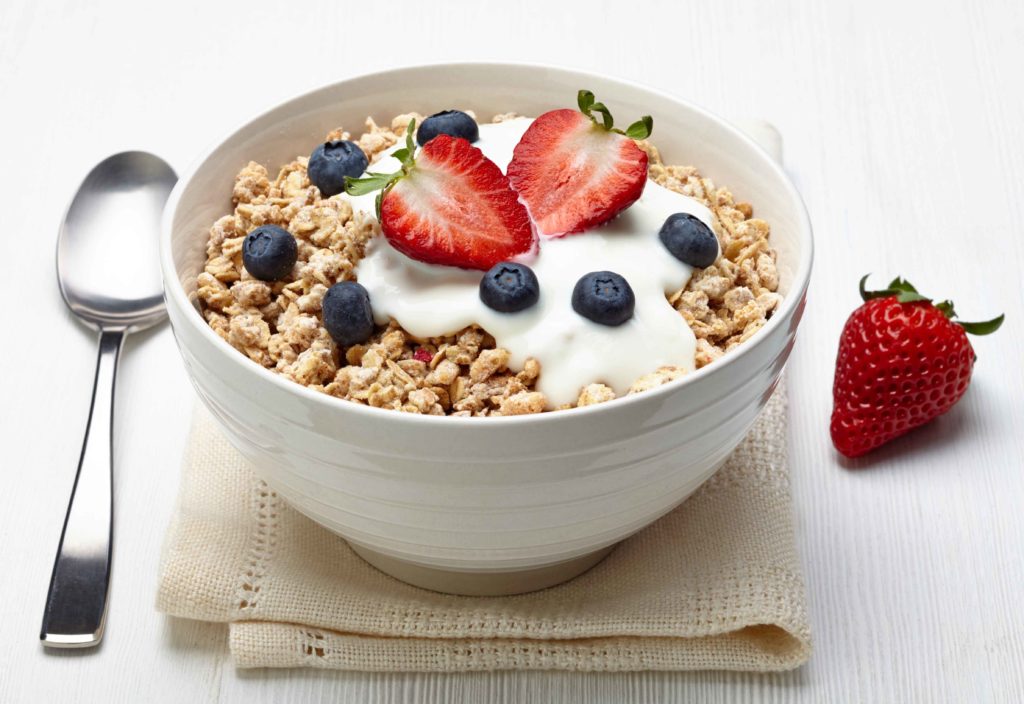
1. Wholegrain cereals and milk
This breakfast personality eats wholegrain cereals with dried fruit, nuts and seeds, and possibly, fresh fruit and yoghurt. Men and women eating this type of breakfast are more likely to be older, married and, for men, have higher education and income levels. They’re also more likely to be non-smokers, physically active and have a healthier weight profile.
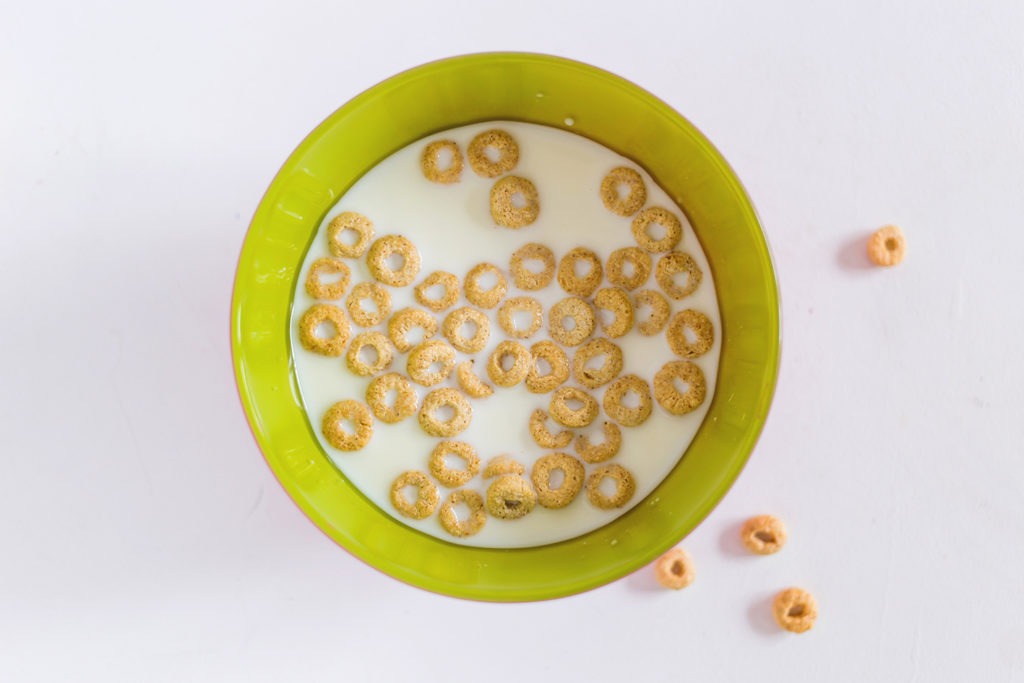
2. Mixed cereals and milk
This is the most common breakfast personality type. It accounts for more than 30 percent of both women and men. It includes wholegrain or refined-grain cereals with regular or reduced-fat milk but contains no dried fruit, nuts, seeds or yoghurt.
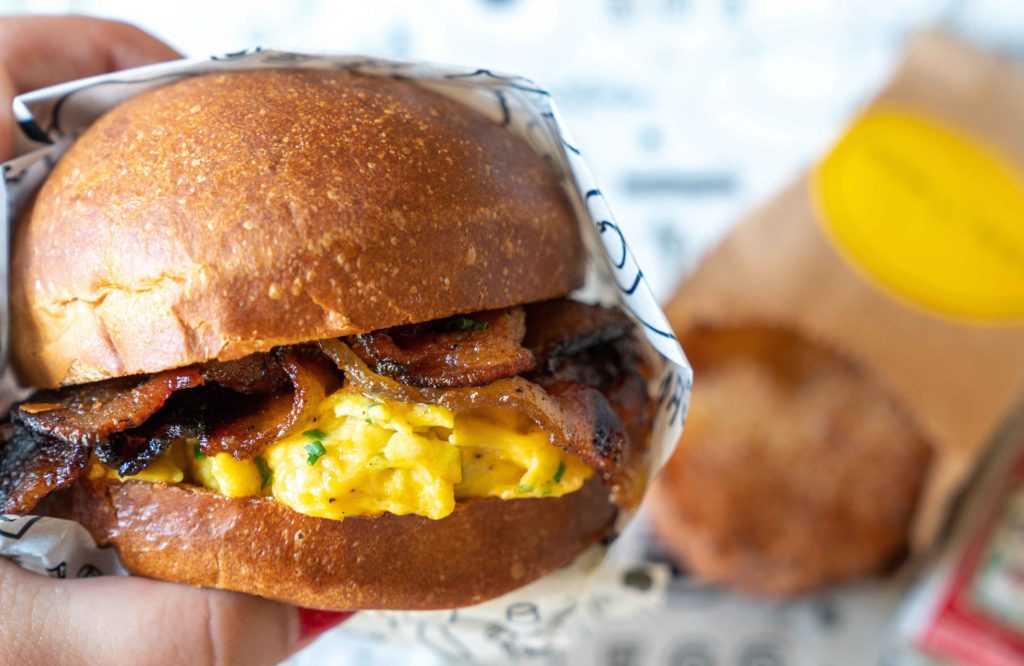
3. Protein foods
Eggs and/or processed meats, like bacon or sausages, typically accompanied by refined grain (low-fibre) bread and unsaturated spreads. This is the only breakfast to include vegies, and is more likely to be eaten later in the morning and on weekends. It’s more popular among younger women and men and those born in non-English speaking countries.
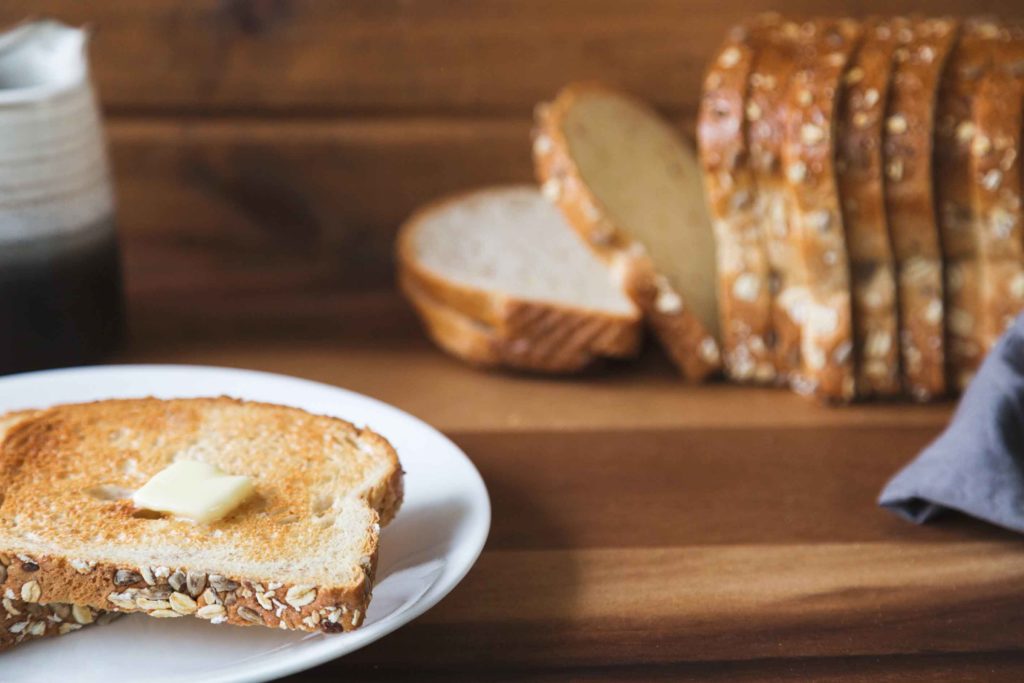
4. Breads and spreads (type 1)
This breakfast personality eats refined or wholegrain breads together with unsaturated spreads, such as margarine, and spreads high in sugar, saturated fat or salt. Men in this type are almost all coffee or tea drinkers and tend to be older, married, have lower incomes, live in an inner regional city and haven’t worked in the past week. Women in this category prefer wholegrain breads with spreads and are also older and more likely to be married.
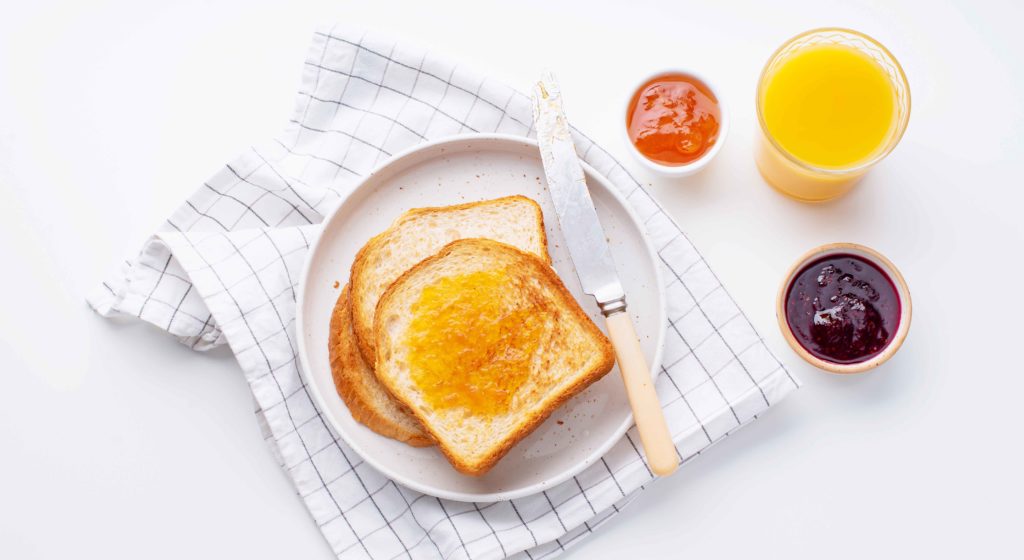
5. Breads and spreads (type 2)
The men who eat this are more likely to have a sugar-sweetened drink – like fruit juice, soft drink or cordial – rather than coffee or tea, and are younger and more likely to have worked in the past week. The women in this breakfast personality type prefer refined-grain breads.

Cereal numbers
Cereals account for about half of all breakfasts eaten by Australian adults; breads and spreads accounted for around 40 percent. The cooked breakfast of eggs, bacon, sausages and vegetables was the least commonly-eaten breakfast, accounting for only 11 percent of all breakfast and eaten mostly on weekends or later in the morning.
Dr Leech says understanding the choices different breakfast personality types make when eating breakfast can help tailor meal-specific messages to encourage healthy diet changes.
“Breakfast is often a meal we eat out of habit,” she says. “Making small changes to the food we eat at breakfast can make a big difference to the nutritional quality of our diet overall. These small changes are achievable because they don’t require many cooking skills.
“For example, older Australians who prefer breads and spreads at breakfast could be encouraged to add protein-rich foods. For example, eggs or reduced-salt baked beans, as part of broader strategies to promote healthy ageing.”

Starting smarter
Other simple changes include replacing refined-grain cereals or breads with wholegrain varieties; processed meats with unprocessed meats; adding tomato or avocado to quality proteins such as eggs; or adding nuts, seeds, fruit or yoghurts to cereals.
“People who eat wholegrain high-fibre cereals and milk for breakfast had the healthiest weight profiles,” Dr Leech says of the study findings. “Breakfast consumption was also linked to other lifestyle factors that may play a role in weight management.
“Choosing wholegrain cereals and wholegrain breads at breakfast could help Australians meet their daily fibre requirements. It also reduces their risk of certain health conditions, including diabetes, bowel cancer and heart disease.”
You can increase your fibre intake easily by including a slice of wholemeal or grain-rich bread topped with beans, mushrooms and spinach; or half a cup of cooked porridge or other wholegrain cereal and some fruit as part of your regular breakfast. You can also check out these five nutritionist-approved breakfast choices.


